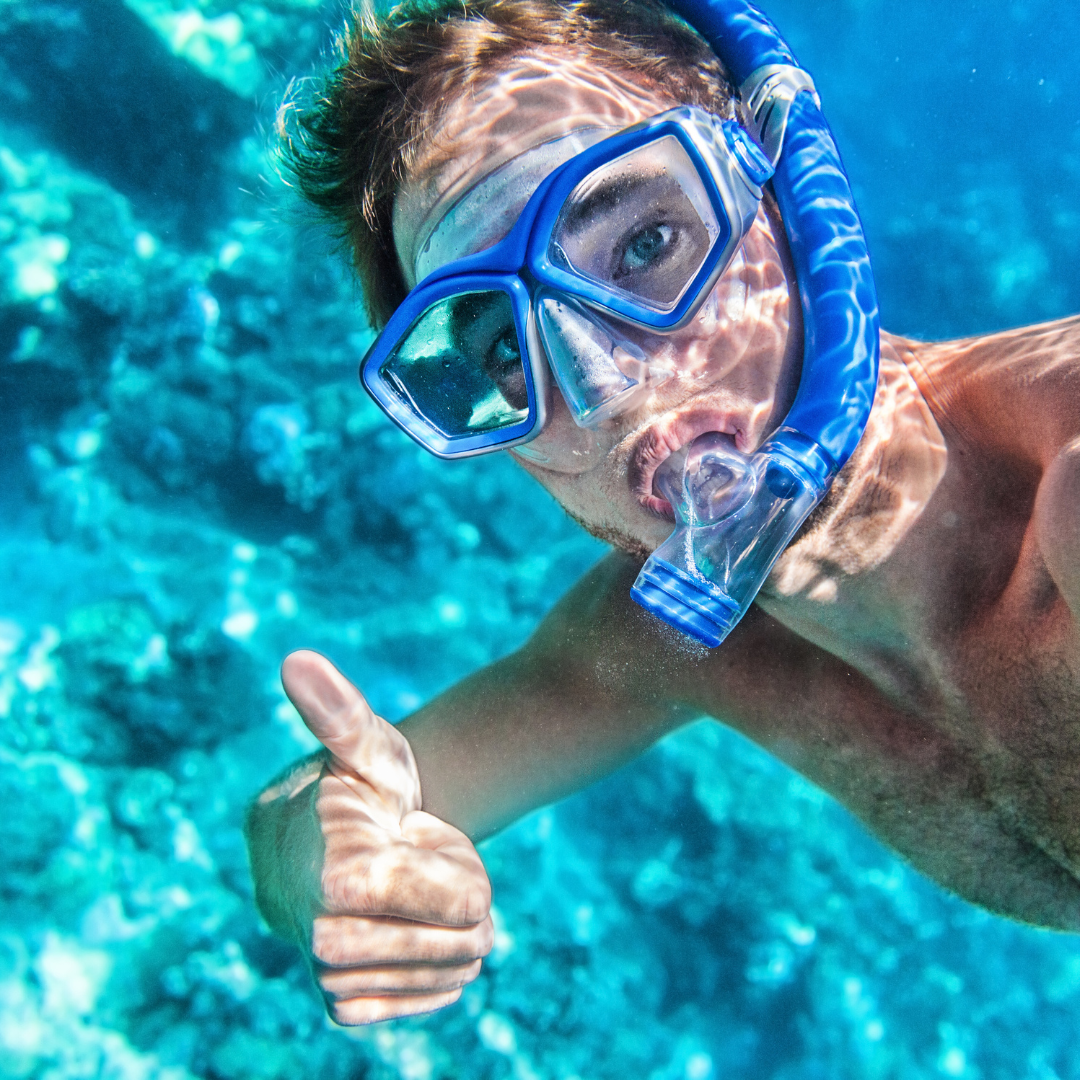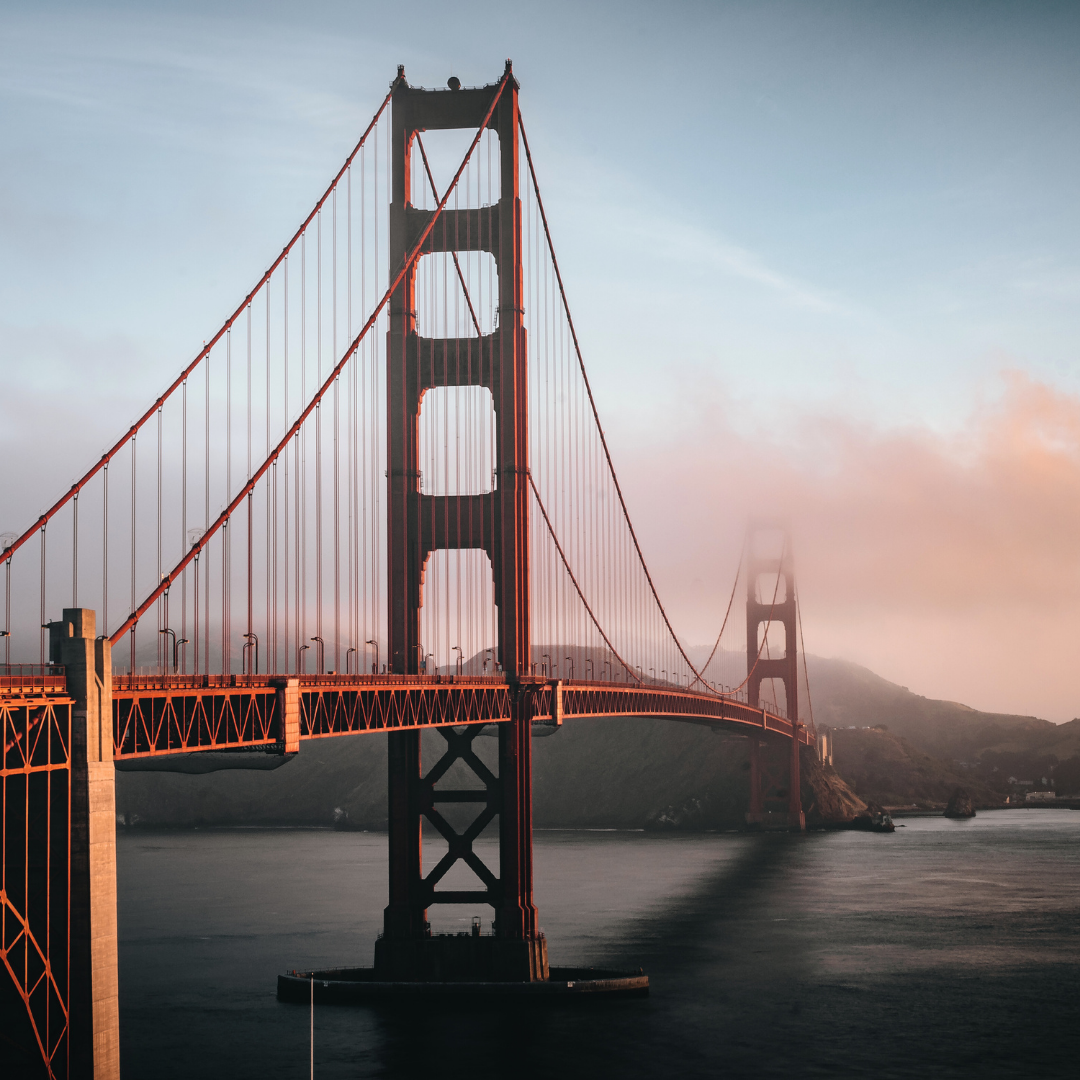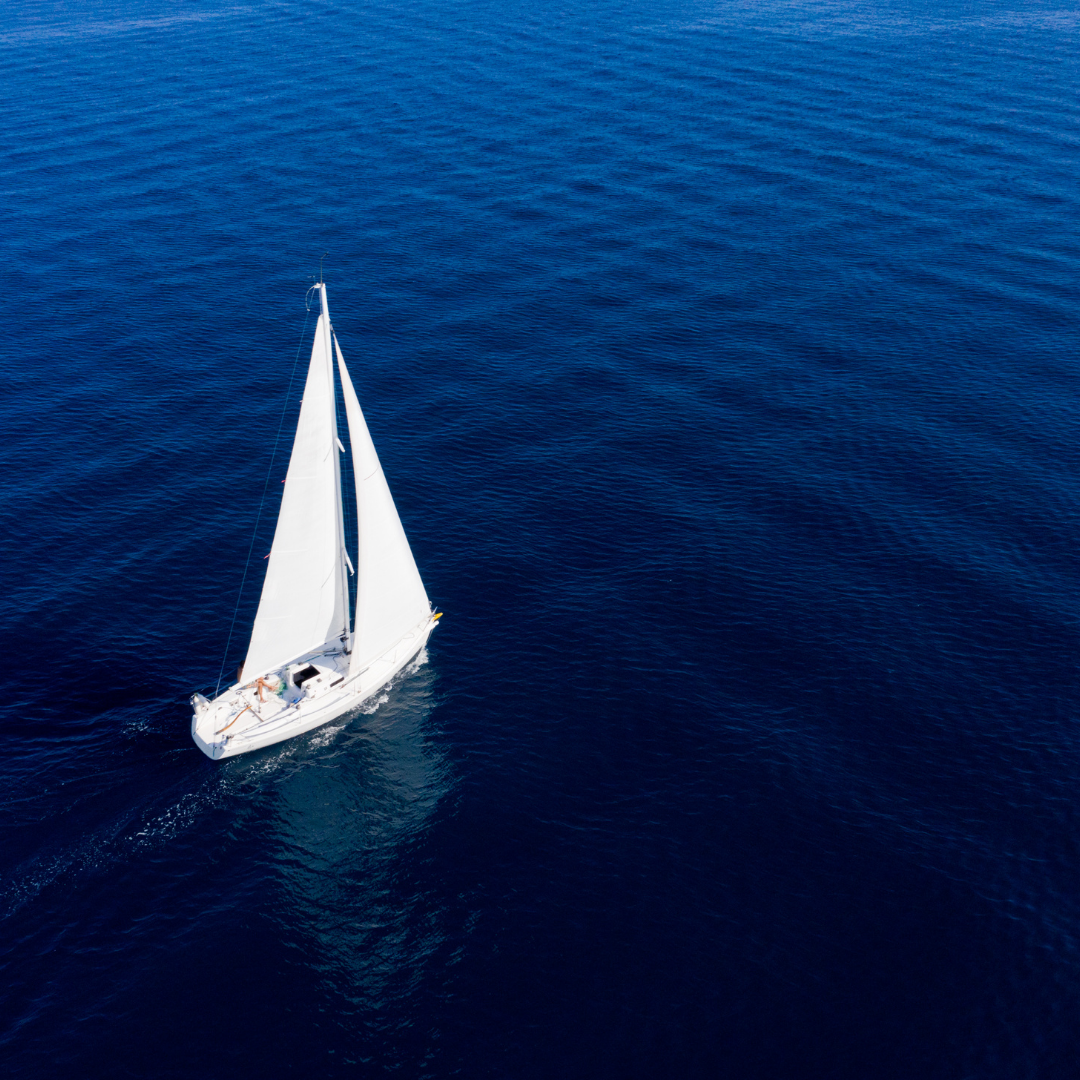South African Wildlife Encounters: Whale Watching and Shark Diving

South Africa, with its diverse landscapes and abundant wildlife, has long been a magnet for nature lovers. But while its game reserves and national parks are renowned worldwide, the country’s marine wildlife encounters are just as captivating. The South African coastline, stretching over 2,500 kilometers, is a playground for marine giants, offering thrilling encounters that range from gentle whale watching to the adrenaline-pumping experience of shark cage diving. In this journey through the country’s maritime marvels, we’ll dive deep into the best times and places to spot these creatures and discover how responsible tourism plays a pivotal role in their conservation.
Giants of the Deep: Best Times and Places for Whale Watching
Every year, the South African coastline becomes a stage for one of nature’s most mesmerizing spectacles: the migration of whales. Between June and November, southern right, humpback, and Bryde’s whales can be spotted frolicking off the coast. Hermanus, a small town in the Western Cape, is often dubbed the “whale watching capital.” Its cliffs offer panoramic views of these gentle giants, especially during the annual Whale Festival in September. Beyond Hermanus, Plettenberg Bay and the Wild Coast are other noteworthy spots. For an up-close encounter, boat tours are available, but always ensure they adhere to responsible tourism practices to avoid disturbing the whales.
Shark Cage Diving: Meeting the Great White in its Habitat
For thrill-seekers, shark cage diving is an unparalleled experience. South Africa’s waters, especially around Gansbaai and Mossel Bay, are teeming with the legendary great white shark. Operators offer safe and structured encounters, ensuring an exhilarating face-to-face meeting with these apex predators. Divers are lowered into the water in a protective cage, offering a unique underwater perspective. It’s a heart-pounding experience but one that also fosters respect and understanding for these often-misunderstood creatures.
Seabird Spotting: Penguins, Albatross, and Coastal Birds
Boulders Beach near Cape Town is home to an adorable attraction: the African penguin. Their waddling gait and curious nature make them a favorite among tourists. Beyond penguins, the South African coast is a haven for seabirds. Bird Island, near Algoa Bay, is a nesting site for the endangered Cape gannet and the rare albatross. With the backdrop of the expansive ocean, bird-watching on the coast becomes a serene and rewarding experience.
Coastal Marine Reserves: Preserving Biodiversity
South Africa’s commitment to marine conservation is evident in its establishment of several marine reserves. These protected areas, like the Tsitsikamma Marine Protected Area and the Table Mountain National Park Marine Protected Area, are biodiversity hotspots. They not only safeguard various marine species but also ensure that their habitats remain pristine. Visiting these reserves offers a glimpse into the underwater world, teeming with colorful fish, kelp forests, and coral reefs.
Responsible Wildlife Tours: Ensuring Animal Welfare
With the increasing popularity of marine wildlife encounters, responsible tourism becomes paramount. Tour operators should prioritize the well-being of the animals over commercial gains. As tourists, it’s crucial to choose operators who adhere to guidelines that prevent disturbance to the animals. This means maintaining safe distances, not feeding wild creatures, and understanding that a respectful observation is more rewarding than an intrusive interaction.
Photography Tips: Capturing Stunning Wildlife Shots
Marine photography presents its unique challenges, from the play of light on water to the swift movements of marine creatures. For whale watching, a telephoto lens is ideal. When cage diving with sharks, underwater cameras or housings are essential. Always prioritize safety over the perfect shot, especially in unpredictable marine environments. Patience is key: wait for natural behaviors instead of trying to prompt a reaction. The result? Authentic and breathtaking snapshots of nature.
Conservation Efforts: How Tourists Can Help
Tourism, when done responsibly, can be a force for good. Tourists can contribute to conservation by supporting local initiatives, from beach clean-ups to adopting marine creatures. Additionally, choosing eco-friendly accommodations, reducing plastic usage, and being mindful of one’s environmental footprint can make a significant difference. Every small action contributes to the larger goal of preserving South Africa’s marine wonders for future generations.
In conclusion, South Africa’s marine wildlife encounters offer a unique blend of thrill, wonder, and education. While the sight of a breaching whale or the gaze of a great white shark might be the highlight, the deeper takeaway is an understanding of these creatures’ roles in the ecosystem and the importance of their conservation. As with any wildlife encounter, respect and empathy should guide our actions. For in truly understanding and appreciating these marine marvels, we become ambassadors for their protection and preservation. Let every wave that crashes on the South African shore be a reminder of our responsibility to the myriad lives that call these waters home.


